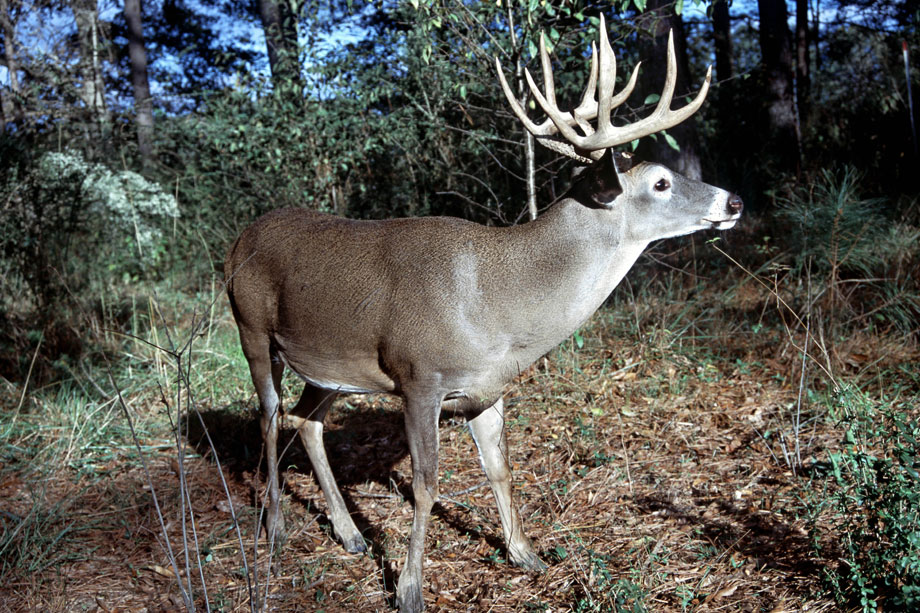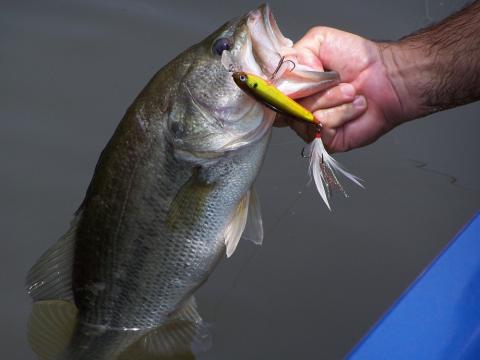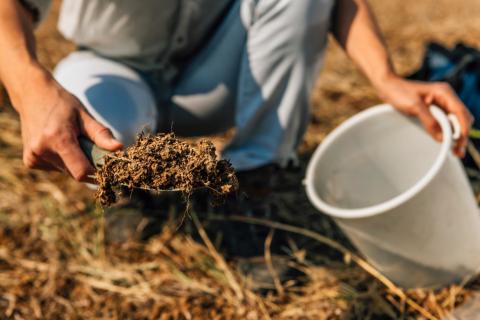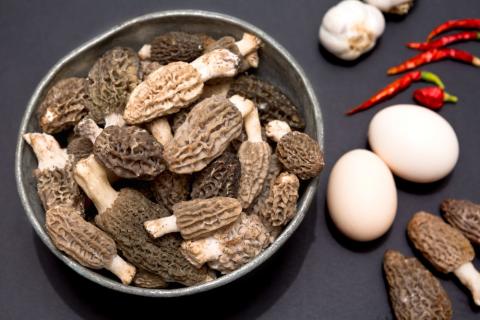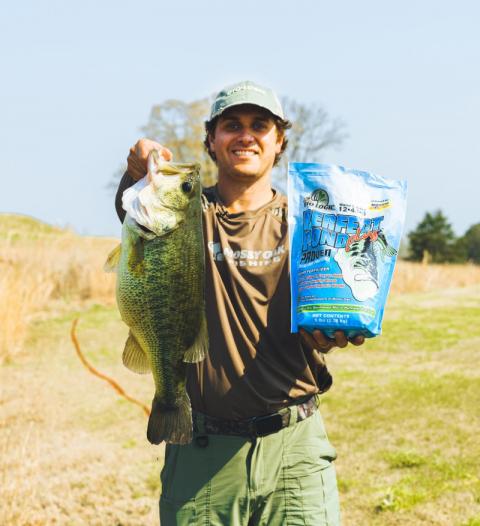Zachery Bond | Mossy Oak ProStaff
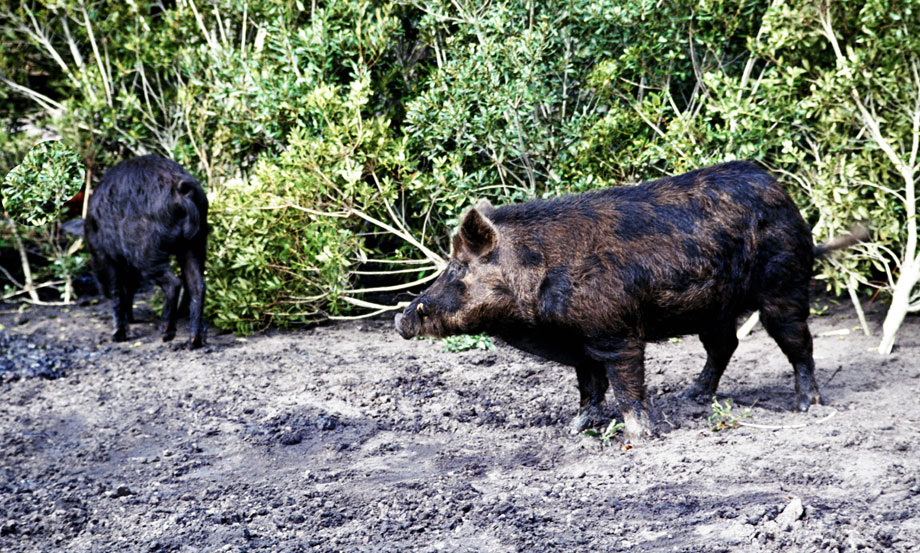
When I was growing up and hunting in south Alabama, the only place we usually saw wild hogs was in the Mobile Delta region. These hogs were remnants of hogs introduced to the area by Spanish explorers, including Hernando de Soto, in the mid-1500s.
Several decades ago, feral hogs were a sustainable source of meat because they reproduced so quickly. Because there were no fence laws, the hogs were able to run wild and thrive in the swamps of southern Alabama. But, as enthusiasm for wild hog hunting grew, hunters began catching, trapping, and expanding the range of wild hogs in Alabama. Today, wild hogs range all over Alabama, including habitats where deer were once plentiful but which had never supported wild hogs.
In the time since I began hunting in Clarke County, north of my home in Mobile, all of the places where I used to hunt deer in Mobile County are now home to a lot of wild hogs. Not only have deer hunting patterns changed in the State of Alabama, but today's deer hunters must also now deal with hogs throughout the state as they have continued to spread.
In many places, hunters are trying their best to eliminate hogs. Despite their efforts, they're finding that feral hogs are much like coyotes and cockroaches: you can shoot as many as you care to, but you’re never completely rid of them. Today, we have hogs where I hunt in Clarke County, and we hunt hogs during deer season if we see them. We also hunt hogs aggressively after deer season. Alabama’s Department of Conservation and Natural Resources offers a special permit that allows hunters to bait hogs, especially if they are causing property damage. Because feral hogs can quickly and severely damage a property if left unchecked, we shoot feral pigs on our land to try to control their population more frequently than we hunt them for food or sport.














